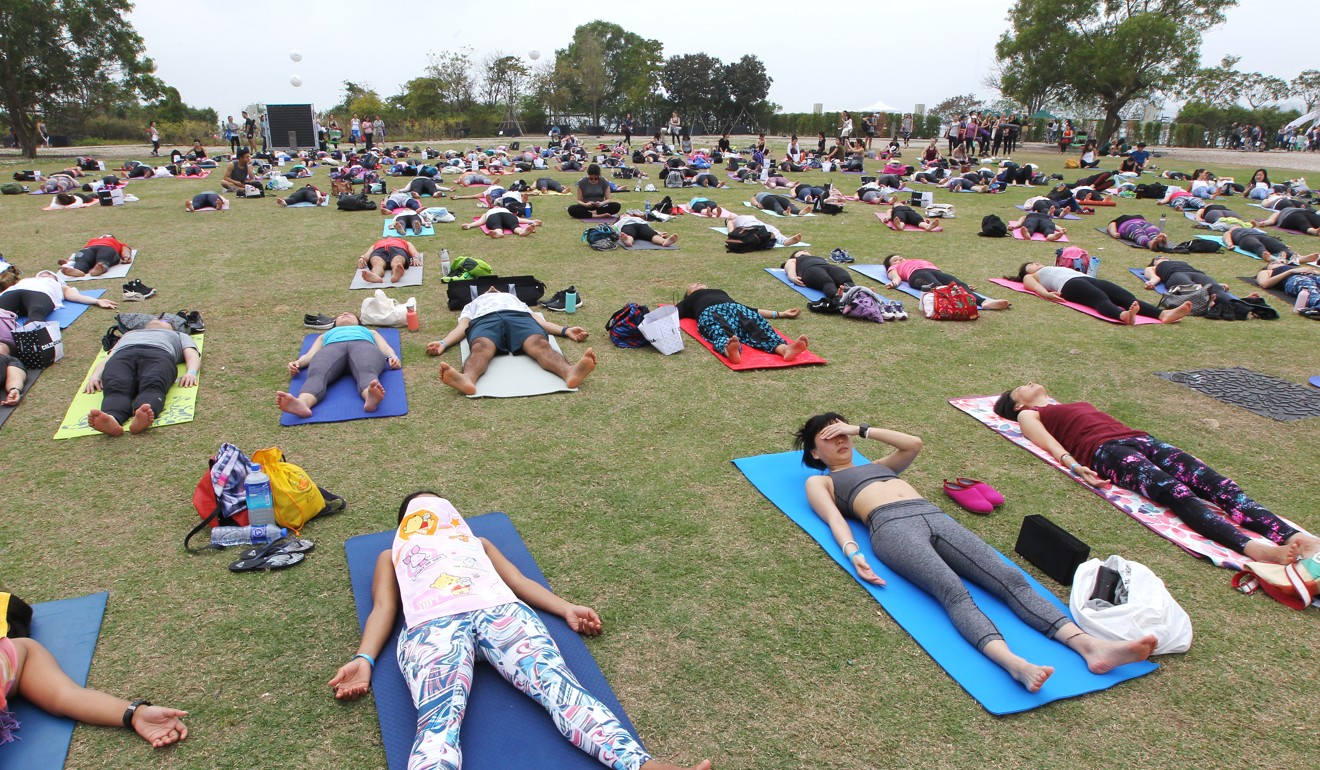
Cramped quarters, no walking space on streets – how Hong Kong’s urban design can drive you up the wall
New study by think tank calls for more innovation in planning for a healthier, more spacious city that will benefit mental health of residents

Hong Kong’s high-density urban designs and cramped living space could lead to a quick decline in mental health for the city’s residents, according to a new study.
A report by international think tank Centre for Urban Design and Mental Health has looked into current government policies and interviewed 17 local experts in various fields such as public health, urban planning and architecture.
The centre studied the relationship between Hong Kong’s urban design and the mental wellness of its population of seven million.

Results show urban density has a negative impact on people’s mental health. Researchers have also concluded that the city has to do a better job in providing more greenery and open space to offer respite from a concrete jungle.
The study lists 10 recommendations for officials, such as increasing the amount of public spaces and outdoor sitting areas.
“Hong Kong is the densest city I have lived in,” says centre director Layla McCay, who conducted the study from September to November 2017.
McCay, a former research fellow at the University of Hong Kong’s Asia Global Institute, says the city’s roads, designed mainly to maximise space for traffic, leave little room for open spaces at ground level – a very different environment from London where she is now based.
“I found that days would pass without me walking along a road at ground level, which made me feel disoriented at first,” McCay recalls of her three-month stay in Hong Kong.

“Google Maps often failed to help me when I got lost around town in my first few weeks because it doesn’t offer a vertical plane. In London, it never occurred to me that this was a missing feature because the built terrain is so different.”
In the study, one urban planner describes Hong Kong as “a city without ground”. Another urban planner says: “The second you wake up in the morning, you are surrounded by an environment that affects your mental health.”
The study cites suburb Tin Shui Wai as an example and points out that those looking for relatively cheaper and larger flats have moved to the New Territories. But as a result, these residents end up facing fewer job opportunities in the area and become isolated in a far-flung place with limited commercial development and expensive transport costs.
Tin Shui Wai, located in the northwestern New Territories, was supposed to become a new employment zone in the 1990s. But the town, home to some 300,000 people, ended up housing slums for migrants from mainland China with many of them unable to integrate into Hong Kong society.
Many people told me that cost is prioritised and there are few incentives for designers to innovate
McCay says she is surprised to find through her study that public health is usually not the priority in Hong Kong’s development decisions.
“Many people told me that cost is prioritised and there are few incentives for designers to innovate or for developers to invest in healthy urban design,” she says. “With global urban thinking having shifted towards healthy cities, this could be an exciting evolution for Hong Kong that would benefit the whole population.”
McCay further elaborates that the city’s developers and other private entities should be encouraged to build both indoor and outdoor sitting areas as the city’s combination of heat, humidity and bad air quality often nudges many people indoors.
“Developers and other private entities can be encouraged to innovate in the design of healthy indoor public spaces, for example, public spaces in shopping malls for socialising or physical activities,” she says.
“These spaces should be designed consciously with their purposes in mind, rather than current sitting areas, which can feature less sociable designs such as rows of chairs facing a concrete wall.
“I hope this case study will bring some helpful focus on opportunities for Hong Kong to leverage on its built environment to benefit the mental health and well-being of its population,” McCay says.